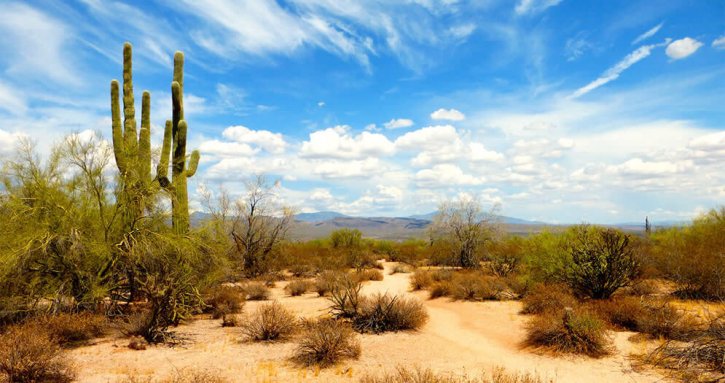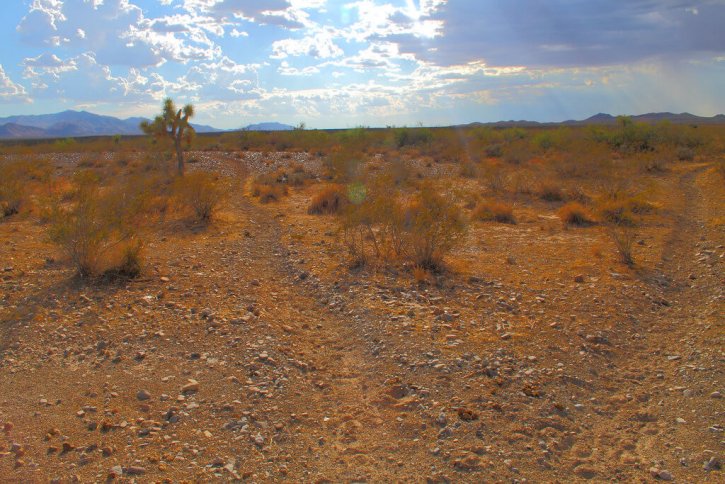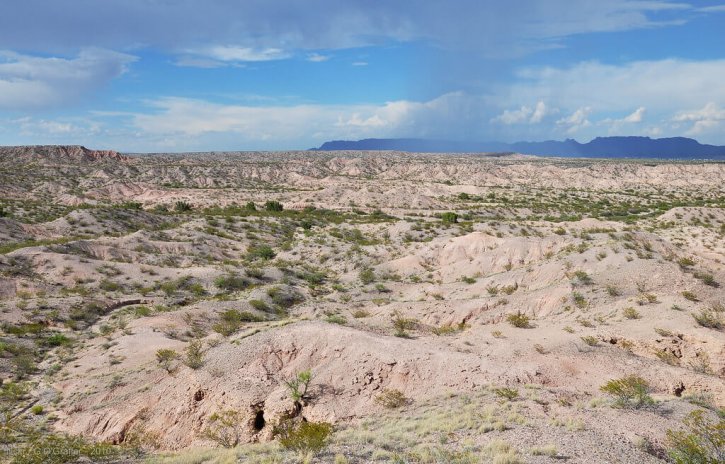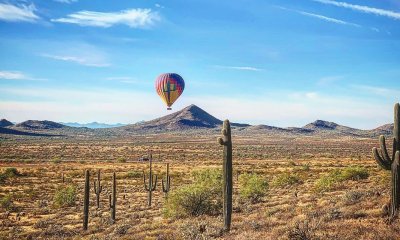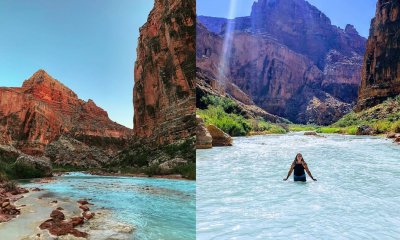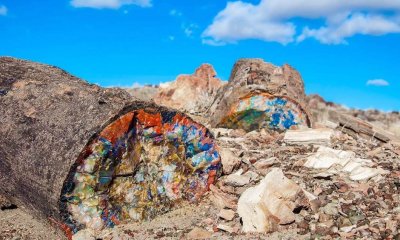Arizona
Visiting These 3 Deserts in Arizona Will Bring Out the Adventurer in You
Dry and dreary – that’s probably how a majority of people would describe Arizona. Considering that about one half of the Grand Canyon State is covered by desert, you can say that the preconceived notion is justified. Still, you can’t deny how incredible the deserts in Arizona are. The diverse landscapes are clearly bursting with an intriguing charm you can’t just ignore.
Here are the 3 deserts in Arizona you need to see in your life:
1. Sonoran Desert
The Sonoran Desert stretches for about 100,000 square miles and includes most of the southern half of Arizona, including parts of California, and the state of Sonora, Mexico. If you compare it with other deserts, you’ll find the Sonoran Desert much lusher. Its distinguishing features include the legume trees and columnar cacti, which are hard to find and are only exist in a few other North American deserts.
It also supports many life forms, proving that it is rich in both species and habitats.
What plant species can you find here?
- Tundra. You can find these rising above timberline up to 12,600 feet on the San Francisco Peaks near Flagstaff, Arizona.
- Coniferous forest. You’ll be in awe of the forest found in the higher mountain ranges of the Sonoran Desert.
- Temperate deciduous forest. Keep your eyes open for ribbons of riparian trees and aspen groves. You’ll also find oak and pine trees!
- Thornscrub. This one is intermediate between the topical forest biomes and desert. Parts of the Sonoran Desert particularly the southern Baja California, Mexico, and the southcentral Sonora are classified as thornscrub.
2. Mojave Desert
This is probably the dream location of a film director who’s looking to create an apocalyptic production.
Why is the Mojave Desert is one of the 3 deserts in Arizona you need to see in your life? Well, for one, this desolate locale is characterized by its harsh conditions and haunting landscape. It was the perfect location for famous films such as “Now, Voyager,” “Pirates of the Caribbean: At World’s End,” and “Transformers.”
This 25,000-square mile desert may seem like a wasteland at first glance, but the countless animals living there think of it as home.
It is made up of sections of Southern California, including parts of Nevada, Utah, and Arizona. If you visit, you’ll find that it has a little bit of everything. There are Joshua tree forests, wildflower fields, dunes, and a variety of animals such as tarantulas, scorpions, and tortoise.
You should also know that the Mojave Desert encompasses the famous Death Valley, the hottest place in North America.
3. Chihuahuan Desert
Now, we move on to the last and largest desert in North America.
The Chihuahuan Desert covers more than 200,000 square miles and lies in the parts of Arizona, New Mexico, and Texas. Compared to the Sonoran and Mojave Deserts, this one experiences a more ideal climate. There is summer rain during the monsoon thunderstorms, and as well as colder winters.
What can you see here?
- You can see the abundance of cacti in the Chihuahuan Desert more than any other region in the world. Some of the common ones found in this desert include the hedgehogs, prickly pears, and coryphantha cacti among many others.
- The desert is home to 3,000 plant species, more than 130 mammals, and over 500 bird species.
Take a trip to the deserts in Arizona and bag a memorable experience you’ll carry for the rest of your life!

